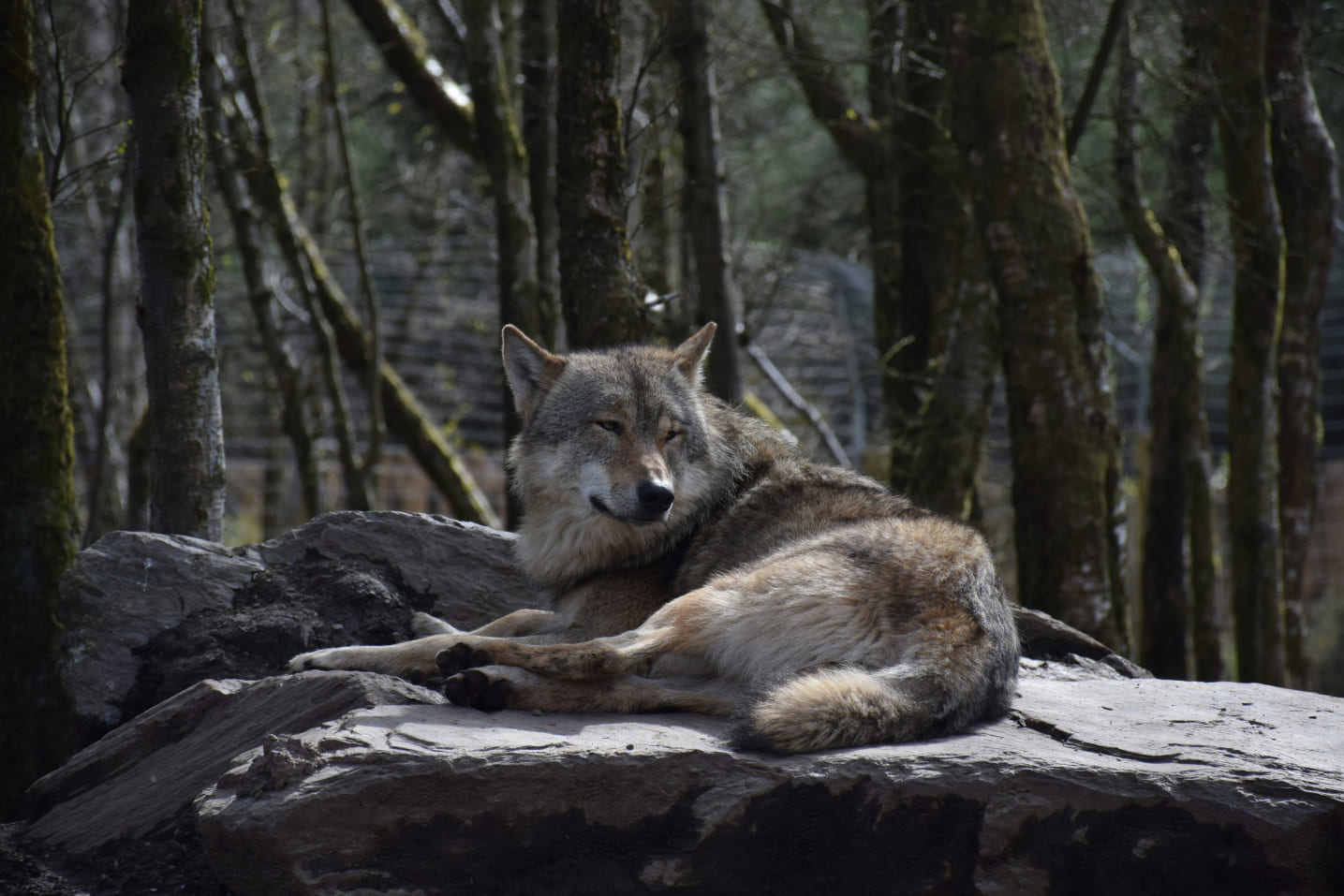
Tibetan Wolf: The Highland Survivor
The Tibetan wolf, a lesser-known but fascinating canine, is a true survivor of the harsh conditions in the Tibetan Plateau. In zoos, these wolves are housed in enclosures that simulate their natural, rugged environment, with rocky terrain, open spaces for running, and shaded areas to rest. These habitats also offer elevated areas where they can observe their surroundings, a natural behavior tied to their wild instincts.
Tibetan wolves are highly social animals, and observing their interactions within a pack provides insight into their complex communication methods, including vocalizations, body language, and scent marking. Zookeepers work diligently to meet their dietary needs, providing a diet of raw meat and bones to keep their teeth and jaws healthy. For zoo visitors, learning about the Tibetan wolf sheds light on the challenges faced by wildlife in remote regions, particularly the impact of human expansion into their habitats. These wolves remind us of the resilience and adaptability of nature.
